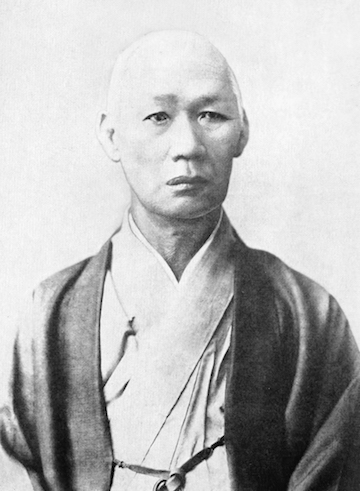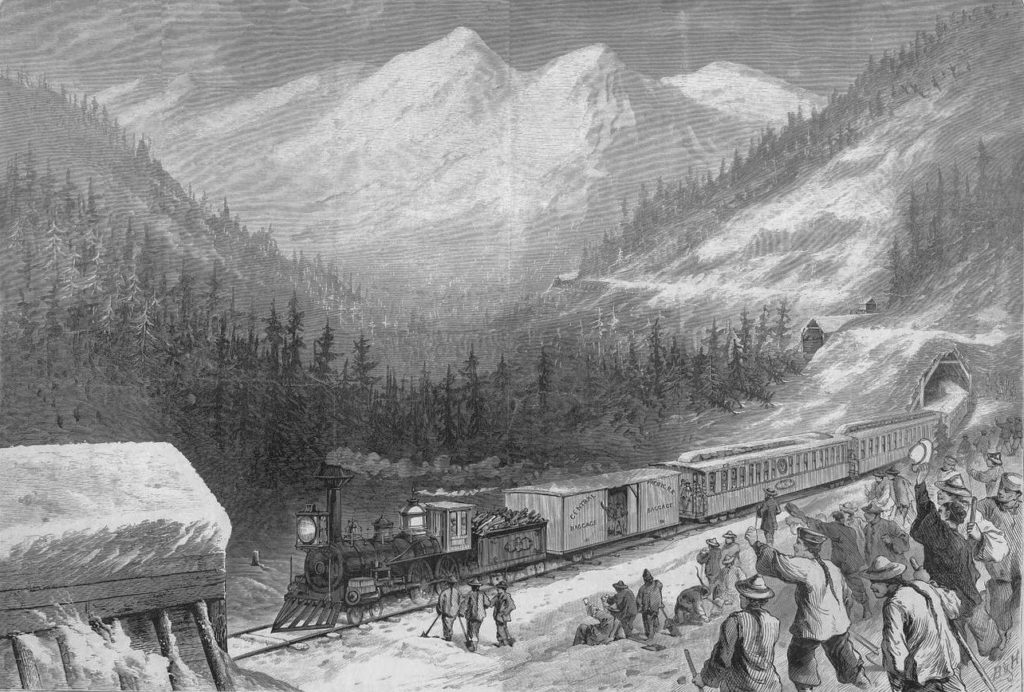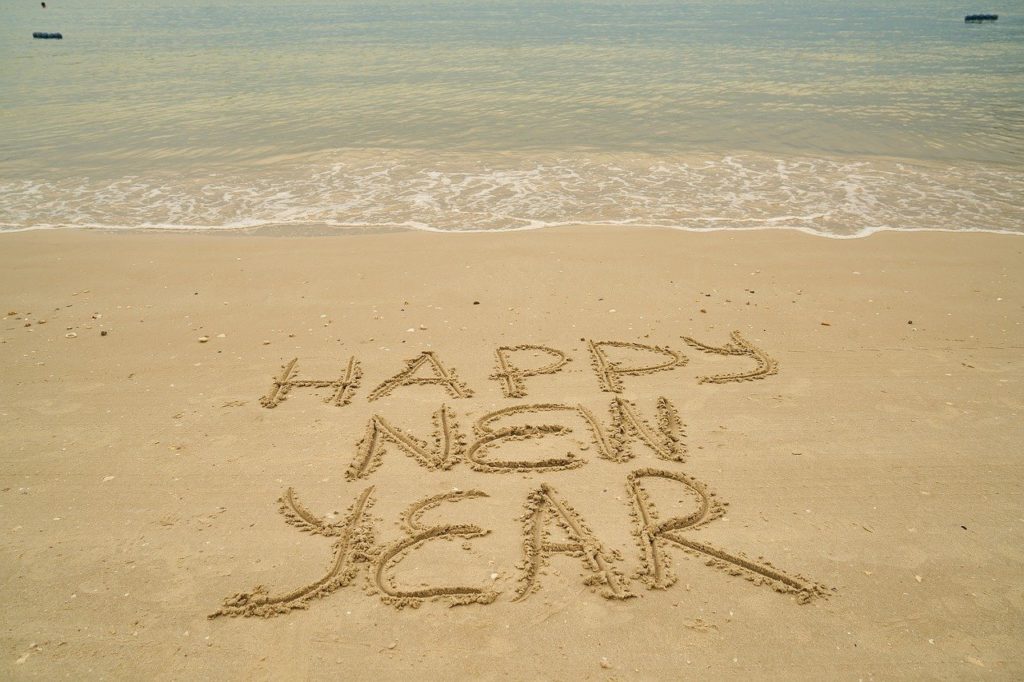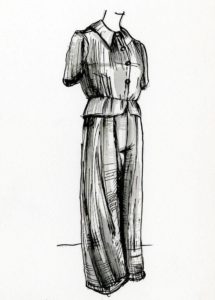I write this on the first day of classes at my university in our strange pandemic world of non-campuses and virtual classes. I mourn with the rest of you the losses incurred by the pandemic. We have lost lives and time and certain kinds of experiences. Few could have fathomed the degree to which we are all affected. We are ones who loved being students. We are ones who held dear so much about the privileges of the ivory tower: freshman year, dormitory living, picking classes like a kid in a candy shop, being surrounded by peers, meeting professors, even ceremonies such as convocations and graduations. So much of this has vanished in a flash.
However, if we take a step back, consider how we can take the pandemic as an opportunity to question the structures of that ivy tower. To what extent do those structures reinforce systemic violence and hierarchies? To what extent do they enable, as well as limit? How do we teach (and research) Asia to accommodate the flexibilities necessary to address our changing worlds?
Hierarchies are an interesting thing and I am not advocating for dismantling them completely. I acknowledge the role of hierarchies in addressing levels of achievement wrought by hard work (yes, achieved, not ascribed). I believe in the processes of review and assessment that are part of our hierarchically structured academic lives.
And yet, the power to exclude in the name of hierarchy is a sword that comes with deep responsibilities. For one, I feel that hierarchies need to be reimagined, made more flexible, or even questioned for their functionality. There is no longer a one-size-fits-all standard of achievement. In the same ways that we acknowledge different learning styles and different forms of intelligence (including social, emotional intelligence), so, too, might we work toward acknowledging different attributes of assessment that may go into building hierarchies. In the same ways that admissions offices may assess the “whole person” that includes scores, grades, essays, letters, family background, and extenuating circumstances, so, too, might we work toward acknowledging the multiple ways in which we as scholars may contribute to a field as broadly defined as Asian Studies. We fully acknowledge this need for flexibility at the lower levels (e.g., K-12 education, college admissions), but far less so at the higher levels of jobs and careers.
These thoughts have been very much on my mind as a colleague recently reminded me of the kinds of structural changes that are cause for concern. These have been intertwined with the pandemic, the radical rethinking forced upon us in the name of public health and slashed budgets giving college administrators greater license to enact changes that may have very well have been already in the works. Everyone, it seems, is running scared. My friend writes: “I am writing to you in a mood of desperation. Over the last week I have learned of two Japanese Studies scholars who have lost their jobs. One was an assistant professor on the tenure track; the other was a full professor with a long record of service to the field and to her school. Both are at small private liberal arts colleges. They lost their jobs through no fault of their own but only because their institutions—in the interest of financial feasibility—found their positions expendable.”
What to do?
Granted, this kind of “downsizing” or “reorganizing” is not new and has been going on for a number of years. I would like us to consider this on a number of fronts that have less to do with the specifics of this case: Japan Studies; small liberal-arts colleges. This is not a zero-sum game of competition for slots (e.g., Japan versus China). Rather, this situation is important for us to consider.
First of all, as institutions move away from areally focused programs and faculty hires, and toward the integration of area-based research as case studies for disciplinary issues, we have to retool, reframe, and perhaps retrain students for this reality. My hire, specifically as a Japan-focused anthropologist, will likely disappear after me. Even as we acknowledge this new reality, we need to continually make the case for the depth of our background knowledge (language, culture, history, etc.) in our specific areas, only gained through lengthy training, deep familiarity, and strong commitment. Furthermore, we need to not lose sight of what might be overlooked in a strictly disciplinary structure—that is, our strength in interdisciplinarity. This is what makes Asian Studies so valuable.
Secondly, we need to keep an eye on the importance of applied Asian Studies, including work in museums, organizations, businesses, private consultancies, and governmental agencies. We have to rethink these options as not mere Plan B careers, but newly configured Plan A’s. The kind of training that may be had through knowledge of Asia and its diasporas has vast implications for public life and policy. The challenge is to create these pathways, especially since our status quo training does little to prepare us for them. The boon is the opportunity to create a niche of one’s own, combining different skill sets and knowledge bases. AAS is trying to do its part in this regard through workshops on non-academic career paths at the Annual Conference. But even as I write this, I would like to move away from the negative implication in the term “non-academic” and toward “applied” or “engaged” Asian Studies.
Thirdly, we need to think through our research and teaching as Asian Studies scholars. The question is not so much, “What can we do to protect our fields?” As long as we remain in this mindset, we are limited by our own defensiveness. We have to go beyond and turn the questioning not only upon administrators and institutions, but most importantly on ourselves. The onus of responsibility should be on us to make sure that the field of Asian Studies itself has flexibility and therefore resilience. We need tensile strength in order to move forward. We have to make sure that what we teach may be esoteric, but also exoteric—that we stay connected, engaged, and relevant to the world around us. That world is rapidly changing; so, too, should be our approaches and teachings. If some of us are using lecture notes and materials from decades past, we should be rethinking their utility. I am not advocating newness for newness’ sake; rather, we have to critically examine our own embedded structures that include ideas, approaches, examples, and frameworks. Inertia has no place here, as our worlds swarm with crises, one after another. Our challenge is to respond creatively, critically, and productively. Indeed, we have to constantly hit the “refresh” button to remind ourselves of the importance of always examining our endeavors. We cannot take “refresh” as an assumption, but as a call to action, a call to reform. We can thank the pandemic for forcing upon us the opportunity that has always been there.
Perhaps administrators will take notice. I doubt that they will reinstate positions that have been lost. But they may notice a shift in Asian Studies as it broadens to include thematics that might be responsive to the times at hand. At that point, we may no longer need admonitions, such as “Asia Matters,” because Asia is already upon us. A reconfigured Asia will certainly matter in shaping a broad, inclusive view of the world. Asian Studies will thus go well beyond its nineteenth-century Orientalist cradle to embrace the many Asias that are part of our lives globally. Global Asias. It’s a lot to consider.
Welcome, then, to the first day of school in which nothing is business as usual—reconfigured classroom, semester, year, institution, organization, and community. Join us as we create a new Plan A. We hear the following refrain so often in our chaotic, pandemic-filled era: we’re in this together. Well, we are, whether knowledge of that shared bed provides comfort, support, or further anxiety. This is why my friend wrote the email that began, “I am writing to you in a mood of desperation.” Let us think through our desperate times together. And as part of our thinking through, let us commit to action. At the very least, we challenge ourselves and our fields through these crucial—even desperate—opportunities to be fully part of a new school.
Call this our convocation.








